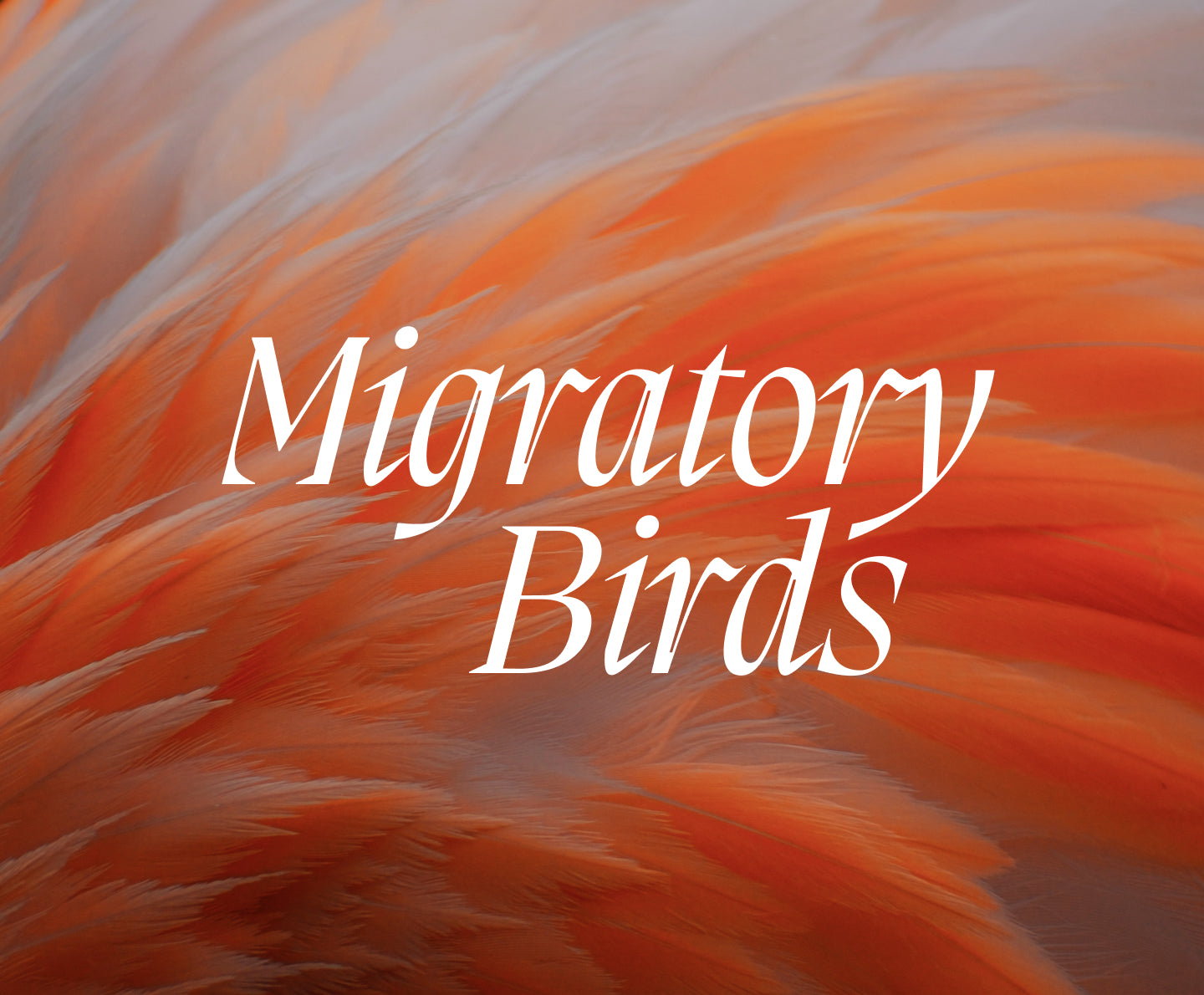Migra
Migra is a spiky serif typeface inspired by the features in migratory birds
Free to try
Licenses start at $40

Migra style list
16 Styles
01234567
{(!@#$?&)}
01234567
{(!@#$?&)}
- Extralight 100
- Light 150
- Regular 240
- Medium 360
- Semibold 510
- Bold 680
- Extrabold 850
- Black 1000
- Extralight Italic 100
- Light Italic 150
- Italic 240
- Medium Italic 360
- Semibold Italic 510
- Bold Italic 680
- Extrabold Italic 850
- Black Italic 1000




Migra
with Italics
Glyphs set overview
Glyphs set overview
Glyphs View


Migra's Features


Sharp as a Wingtip.
Migra is a spiky serif typeface inspired by the features in migratory birds. Its weights span from an austere and elegant light cut to a hawkish and powerful black one. Packed with a set of even more gestural Italics and sundry special ligatures, this typeface is guaranteed to add sparkle and grace to any of your designs.
Designer
Categories
- Display
- Expressive
- Serif
- Variable
Styles
- 16 Styles
16 Styles with 568 Glyphs each
Including Italics
Version
2.00
Latest update: July 2020
Available formats
OTF, TTF, WOFF, WOFF2
Language Support
Afrikaans, Basque, Breton, Catalan, Croatian, Czech, Danish, Dutch, English, Estonian, Finnish, French, Gaelic, German, Hungarian, Icelandic, Indonesian, Irish, Italian, Latvian, Lituanian, Norwegian, Polish, Portuguese, Romanian, Saami, Serbian, Slovak, Slovenian, Spanish, Swahili, Swedish, Turkish, (and more)
Commercial Licenses
Not sure what to get? Or can’t find the right coverage?
Please contact us for our tailored corporate licenses!
Need more information about our licenses?
Our FAQ usually contains most of the answers.




